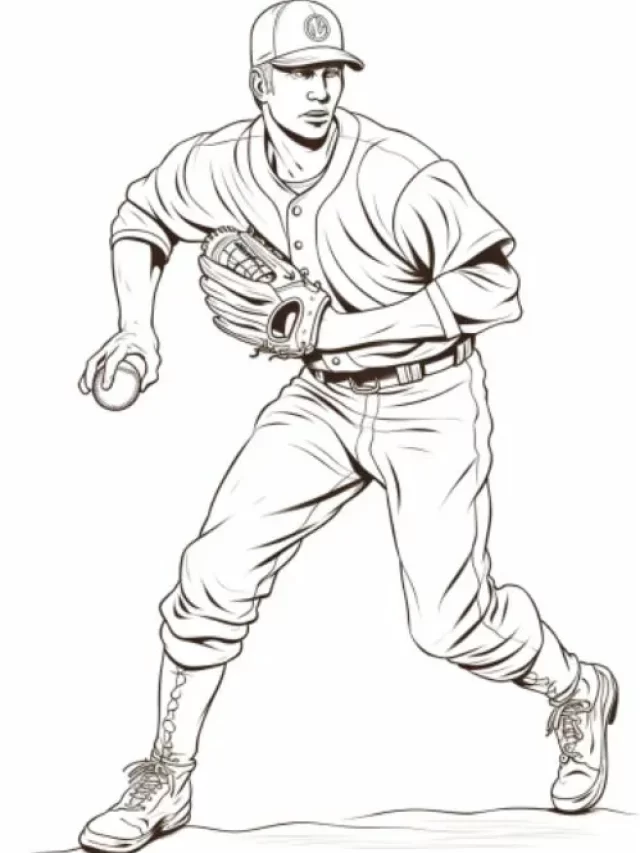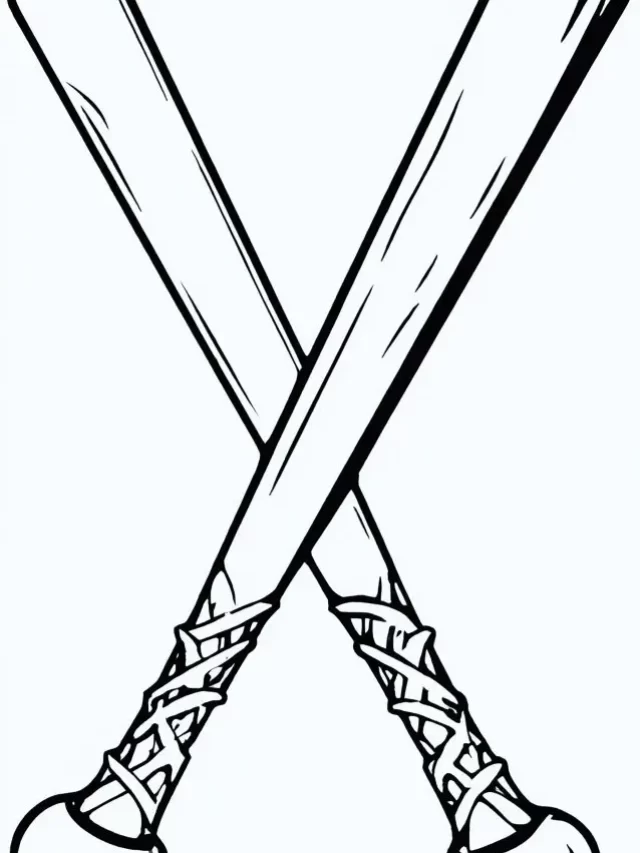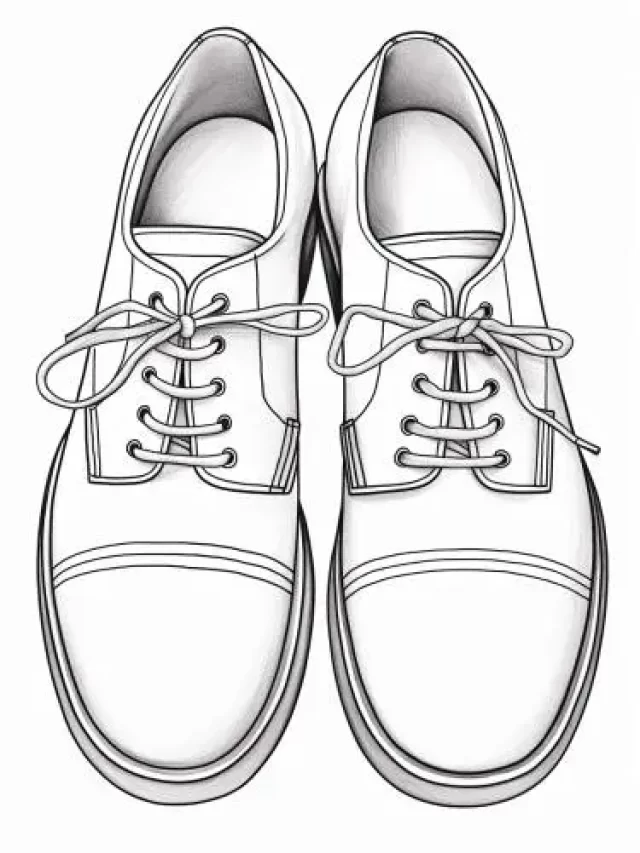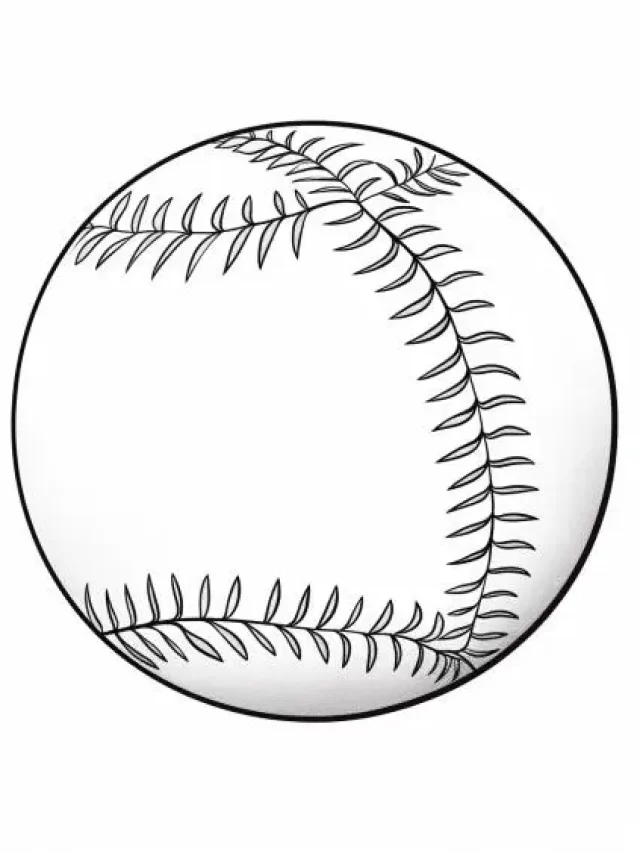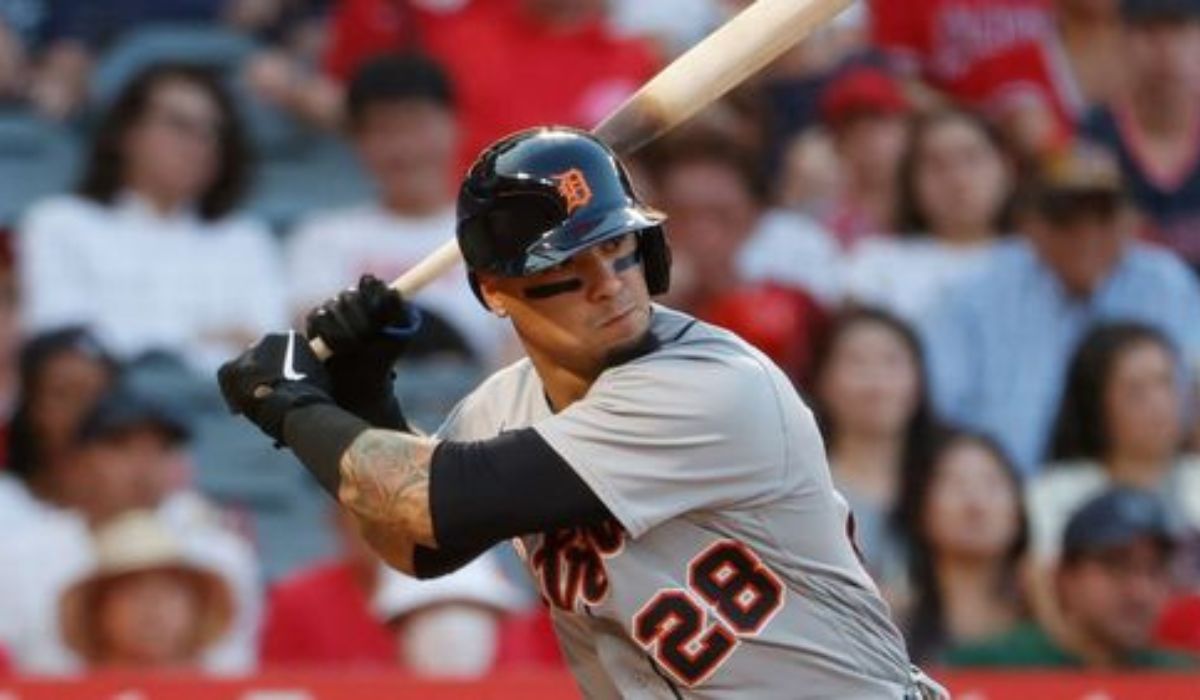
Have you ever stopped to think about how one mistake while running the bases in baseball can hurt a player’s work on offense? Or maybe you’ve wondered how critical running the bases is to the game’s big plan? Either way, welcome to a look into Tootblan baseball errors and stats. Here, every wrong move on the bases can shake up a player’s game.
Key Takeaways:
- Tootblan stands for Thrown Out on the Bases Like a Nincompoop.
- It is an acronym coined by Cubs blogger Tony Jewell in 2008 to measure the impact of poor baserunning on a player’s offensive value.
- Tootblans cover any time a player gets out on the bases without it being forced, like trying to grab an extra base, getting picked off, or being doubled off first.
- Looking at tootblans helps see how well a team is running the bases. It can show areas where they need to get better, too.
- Less tootblans means teams can play a smarter game and avoid mistakes on the bases that could be costly.
The Origins of Tootblan
TOOTBLAN is a term often used in baseball today. It was first used to point out the mistakes of Ryan Theriot, a former player. Tony Jewell, a Cubs blogger, created the term in 2008. He wanted to show how poor baserunning affects a player’s value.
Jewell came up with a new way to measure Theriot’s offensive play. He invented the Ryan Theriot Adjusted On-Base Percentage (RTAOBP). It took out times when Theriot was caught stealing or made a TOOTBLAN. This shift showed the real impact of baserunning errors on a player’s performance.
TOOTBLAN has become known in baseball, but the idea of baserunning mistakes is not new. Back in the 1900s, people used the term “John Anderson” for similar errors. This shows that recognizing these types of mistakes has a long history in the sport.
Highlighting the Impact of Baserunning Mistakes
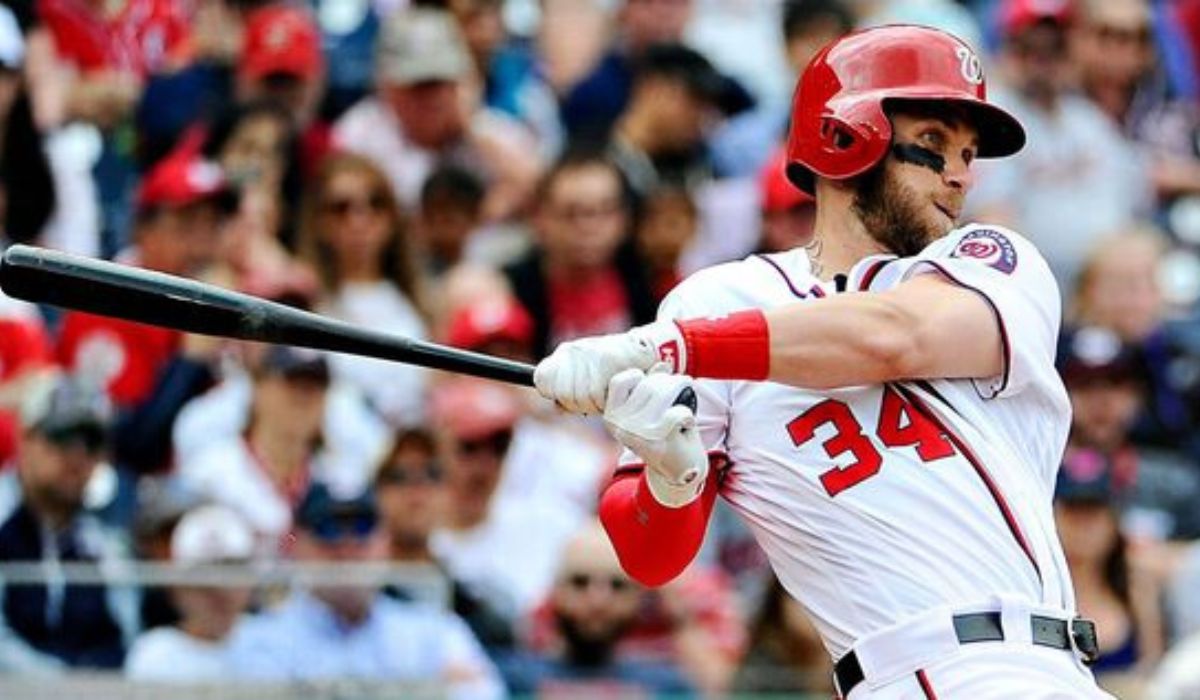
“TOOTBLAN is more than just a term. It’s a call to pay more attention to smart baserunning. It makes us look at a player’s full impact, not just their hitting and fielding.”
TOOTBLAN and the RTAOBP show the big effect of baserunning errors. They remind us that a player’s offensive value is more than just about hitting and fielding.
Stay tuned as we explore specific examples of tootblans and how they can impact gameplay in the next section.
Examples of Tootblan in Baseball
Tootblans are big errors in the running game. They can happen when a player tries to do too much. This can happen when trying to take an extra base or making wrong assumptions about the ball.
Andrelton Simmons vs. Yasiel Puig
In a game between the Braves and Dodgers, Andrelton Simmons made a tootblan. He tried to get an extra base but was out because he didn’t realize how good Yasiel Puig’s throw would be. This mistake cost the Braves a lot.
“Simmons’ tootblan was a classic example of a baserunning gaffe. His failure to assess the situation properly and his overaggressive attempt to take an extra base ultimately cost his team.”
Rundown Assumption
Another tootblan happens when a runner gets trapped thinking the ball was gonna go foul. This mistake makes it easy for the other team to get them out. It shows how costly bad assumptions can be in baseball.
These stories teach us about the importance of smart baserunning. Players need to think fast and make the right choices. They should learn from these mistakes to play better.
Tracking and Evaluating Tootblans
Tootblans are hard to track because they’re about bad choices on the basepaths. Websites like Baseball-reference.com don’t have a special category for tootblans. Instead, they include them in a broader category called Outs On the Basepaths (OOBs).
Even though it’s tough to measure tootblans, they can teach us a lot. They show us when players try to move bases but make mistakes. These mistakes can really hurt a team. Learning about tootblans can help teams get better by avoiding common errors.
Teams that are very active on the bases might make more tootblans. But, they can win more too by moving bases smartly. It’s important to look at a team’s overall base running, not just how many tootblans they have. Metrics like OOBs from Baseball-reference and BsR from Fangraphs can highlight a team’s running skill.
In short, tracking tootblans is tricky but important. They help us spot bad base running. Together with other stats like OOBs and BsR, they show us how well a team runs the bases. This helps coaches and players improve by making smarter base running choices and strategies.
Conclusion
Tootblans in baseball highlight how baserunning mistakes affect a player’s value. They show us the cost of being too aggressive. But, being bold on bases also moves the team forward. So, reducing these errors is key for a team’s success.
Looking at tootblan data can help teams get better at baserunning. This means making smarter decisions and better communication. By working on these skills, teams can run the bases more efficiently. This helps the team do well in games.
Baseball is not just about hitting and catching. Baserunning is an essential, yet often overlooked, part of the game. Understanding the importance of running the bases wisely can make a team stand out. With the right training and analysis, teams can improve their baserunning. This improves their chances of scoring and winning.
Recommended
- BASEBALL FLOW HAIRCUT: TRENDY STYLES FOR ATHLETES
- WHY ARE BASEBALL BATS SO EXPENSIVE? UNRAVELING COST

Meet Daniel Anderson, the heart and soul behind Baseball Pro Picks. At 49, Daniel’s life has revolved around baseball, a passion that’s as strong today as it was when he first fell in love with the game. Living in the USA, Daniel has dedicated countless hours to watching, analyzing, and understanding every pitch, hit, and home run, making almost no game missed. His deep-rooted love for the sport is matched only by his commitment to sharing insightful, expert analysis with fellow baseball enthusiasts. With decades of experience and a keen eye for the game’s nuances, Daniel brings a unique perspective that enriches Baseball Pro Picks. Trust Daniel to guide you through the intricacies of baseball with the authority and trustworthiness of a true aficionado.


